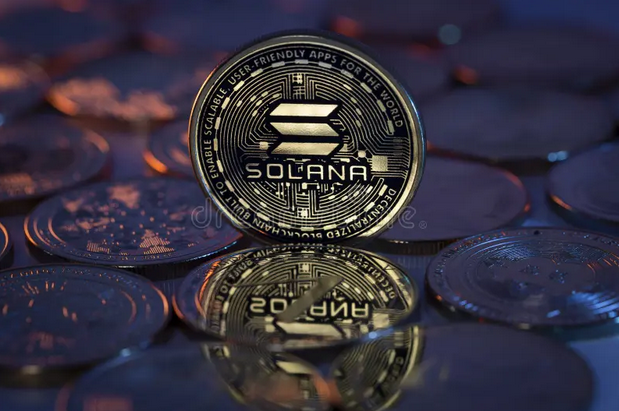Sam Bankman-Fried argued FTX and Alameda were solvent, citing roughly $25 billion in assets and $16 billion in equity before the Nov 2022 crisis, according to The Block.
Does the Sept. 30 filing affect the Sam Bankman Fried trial?
The document claims the November run was a liquidity shock — an $8 billion withdrawal demand — and argues assets could have covered outflows. It accuses external counsel and the new CEO, John J. Ray III, of steering FTX into bankruptcy and undervaluing holdings.
The filing also alleges consultants and advisers led to asset sales, including about $7 billion of FTT sold, and that settlements and write‑downs reduced recoveries for creditors.
How do FTX bankruptcy fees and asset sales shape recoveries?
Bankruptcy papers in the public debate cite nearly $1 billion in fees paid to professionals, a point the filing criticises as reducing assets available for customers. The document claims that estate actions produced much lower returns than the parties believed possible.
Note: the filing goes further, asserting a hypothetical combined value of about $136 billion if certain assets and equity had been preserved — a contention disputed by trustees and other stakeholders.
Could a Sam Bankman-Fried pardon change restitution or proceedings?
The Block notes the filing comes amid persistent legal and political manoeuvres: the piece references a Nov 2023 conviction and a reported 25‑year sentence, and states that Bankman‑Fried’s team has pursued clemency, reportedly seeking clemency to Trump.
Even if political relief were pursued, criminal clemency would not directly unwind civil bankruptcy actions, asset sales, or creditor distributions now under litigation.
What now for FTX stakeholders?
In brief, trustees and creditors must reconcile disputed valuations from the Sept. 30 document with realised recoveries and legal costs while litigation proceeds. The contested narrative — from the Nov 2022 crisis to alleged fee and sale decisions — will shape any remaining distributions and oversight of the estate.
Source: https://en.cryptonomist.ch/2025/10/31/sam-bankman-fried-ftx-solvency-claim/


